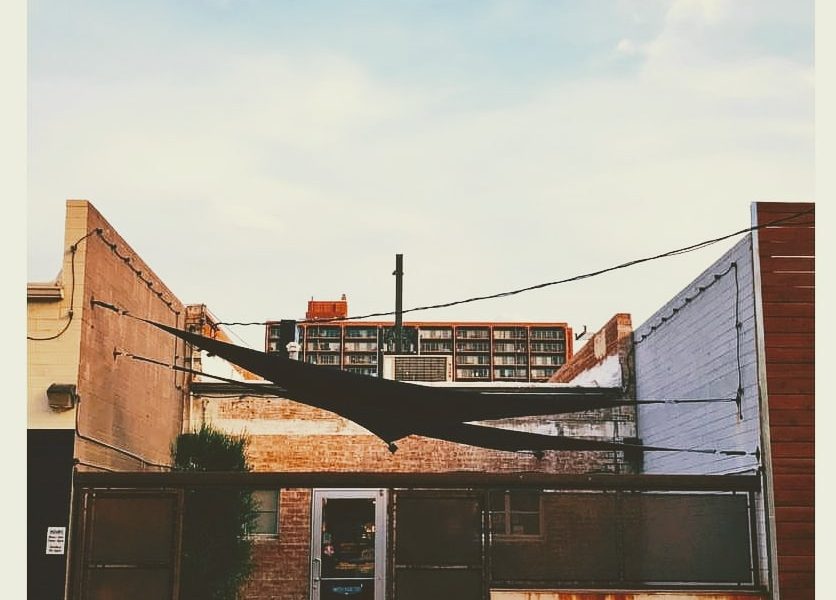
Stinkweeds: Five Favorites for January
 Buck Meek
Buck Meek
– Two Saviors
[Keeled Scales]
If you’ve listened to Big Thief, you may recognize Buck Meek as the understated element of their sound, giving it a quiet, wild nature that shapes the music to fit the heaviness of singer/songwriter’s Adrianne Lenker’s lyrics and vocals. Through his guitar work, he has mastered the subtle art of creating tension in a song with a relaxed approach that never overshadows the beauty of the piece, as a whole. On Two Saviors, Meek’s second solo album, the relaxed nature of his approach is a defining quality, even if he has toned down the tension. His vocals and lyrics have an almost stream of conscience nature to them. The band is loose and sparse. The recording itself (which involved some interesting, deliberate choices that I recommend you research, if that sort of thing interests you), makes for a coating on the entire album that offers an intimacy and closeness to the music. I personally find Meek to be a pioneer in a style of music that is reluctant to dub anyone a hero or genius. If genius is a word to throw around, it’s that kind of genius that one finds when they are just about to fall asleep and are startled awake by a brilliant idea, only to find that it has faded away. As you piece the idea together, you find that it’s mostly nonsense…but you know there’s still something there that could change the world, if only you could describe it.
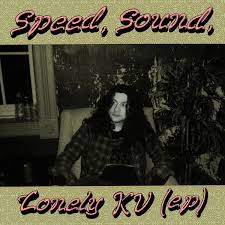 Kurt Vile
Kurt Vile
– Speed, Sound, Lonely
[Matador]
I’ve often joked (lovingly) that Kurt Vile writes three songs…but he writes them really well. The truth of it is that he has captured a tone and texture that is wholly his own and with each album, he finds new space within the parameters of that texture. This is refreshing in an industry that often pushes artists to abandon the idiosyncrasies that make them unique, in exchange for more “palatable” and familiar approaches to music, in an effort to sell more albums. On “Speed, Sound, Lonely” you’ll hear those recognizable qualities and those lovely tunes you’ve come to expect. But, you can also get a sense of what KV has been listening to lately. More specifically, the music of John Prine plays a huge role on this album. The title track, Speed of the Sound of Loneliness, is a Prine cover and before John Prine’s death in April of 2020, KV was able to book a session with him, in Nashville, to record a duet on How Lucky, another John Prine original. Outside of these two songs, you hear Prine’s influence all over this album, bringing to light just how heavy his influence has been on a lot of KV’s music. This is a fitting tribute to John Prine, who, like Kurt Vile, stuck to a sound and songwriting that was wholly his own.
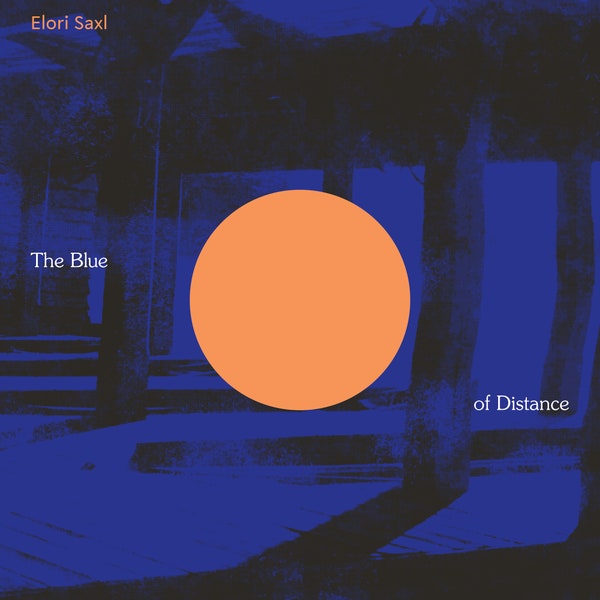 Elori Saxl
Elori Saxl
– The Blue of Distance
[Western Vinly]
While mindlessly scrolling social media the other day, I saw that a friend posted a question; “What does art mean to you?” We’ve all heard this question before and you can reach into your pocket for any number of canned answers. But, given some thought, I kept coming back to the idea of attention. Art is created by observing the world around you or inside of you and spending time with those observations, filtering them through a chosen medium that you have committed a fair amount of time and attention to, and creating something new that you would hope others might take time to observe and put some thought to. It’s the attentiveness, whether it be to the observation, the craft, the output or the patronization that art becomes something meaningful. Art is only as good as the attention given by the artist AND the audience.
The Blue of Distance may be the perfect exercise for this theory. Elori Saxl has utilized their craft to create beautiful ambient pieces that have the pulse of real life with moments of dark and light textures delivered with patience and purpose. This is art that is deserving of an attentive ear. Turn off that social media, put this album on, choose a challenging beverage and image search Rothko paintings. Your brain will be better for it.
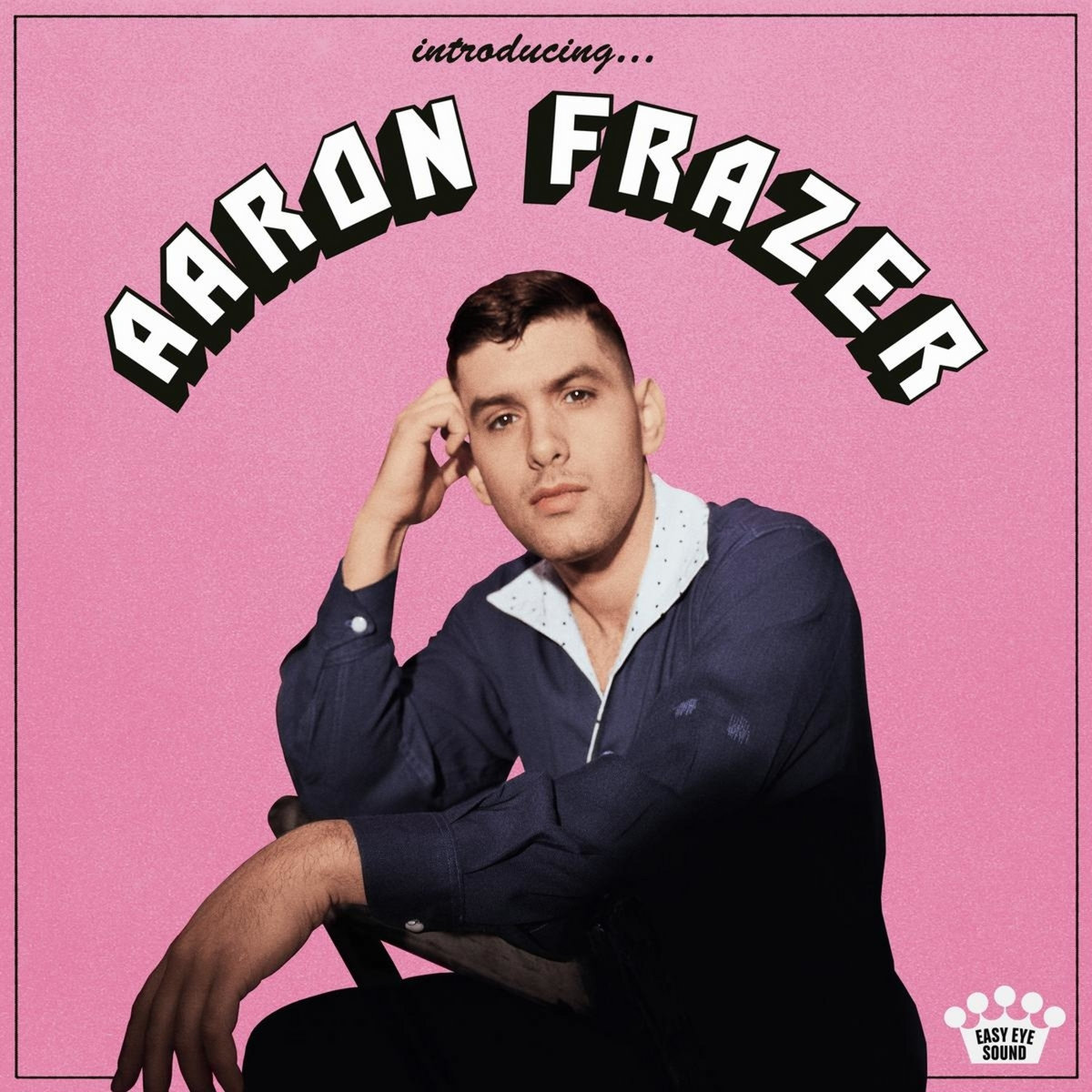 Aaron Frazer
Aaron Frazer
– Introducing…
[Dead Oceans]
It is established that we are well into a wave of a Soul revival. With labels like Daptone, Big Crown, Penrose Records and Colemine, there is no shortage of new Soul bands paying tribute to the songs and aesthetic of 60s and 70s Soul music and have been for over a couple decades now. It’s usually strange for a trend to last as long as this one has, but I suppose that’s not surprising, considering that the music hits most everybody to their core.
Although this is his first solo album, Frazer has been a big contributor to this world for some time. As the primary drummer and sometimes singer, co-songwriter of Durand Jones and the Indications, his talent has taken a bit of a back seat, but has not gone totally unrecognized, having been pushed to the front to sing a song or two on previous Indications albums.
It’s no surprise that Introducing… totally hits it out of the park. Frazer dances from 60s torch songs, 70s soul/funk to even more modern sounds, incorporating heavier elements of guitar and drums.
I suspect this trend will be around for years to come, given that it pays tribute to some of the best music ever written.
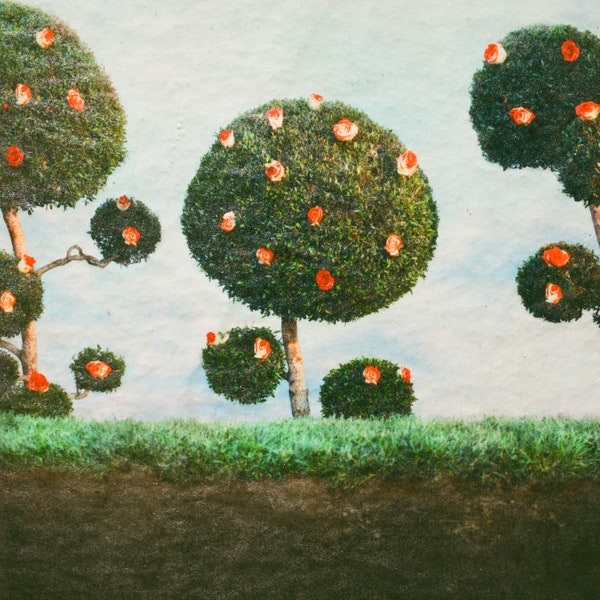 Midnight Sister
Midnight Sister
– Painting the Roses [Jagjaguwar]
I’ve been scratching my head over this album since I first heard it about a week ago. It’s all over the place! I’ve repeated this sentiment to many customers who are taken in by one of the songs, prompting them to ask “who is this?!” I feel it’s my responsibility to explain “it’s all over the place” since being drawn to one song might not be the best gauge of whether you’d like the whole thing. It travels from indie psych-pop, to slow jam, to sequined disco, to Carole King torch, to Nico ballad, to 1920s jazz croon. As much as I like this as a whole, I can’t shake that it shouldn’t make sense as an album! Then, I thought about the photographer/artist Cindy Sherman. Sherman creates self portraits of herself as other people. In most of these, she is completely unrecognizable and you could swear you were looking a real person who exists or has existed. This sort of thing could be seen as a bit of a gimmick, but there’s an uneasy quality to her art that elevates it. Similar to the hypothesis of the “uncanny valley,” the uneasiness of seeing something human but feeling as if something is not quiet right, adds the perfect amount of tension to the art. I find this tension in the music on Painting the Roses. Yes, it has recognizable qualities and is clearly a portrait of something real and familiar. But, there is a costumed element that makes it much more intriguing than simply enjoying a genre done well. Like a Sherman photograph, you get the sense that you are being led into a situation where you don’t have control over your own thoughts. This might not sound appealing to some listeners. But, spend enough time with music and you start to want it to take you places that you’re not quiet sure of.